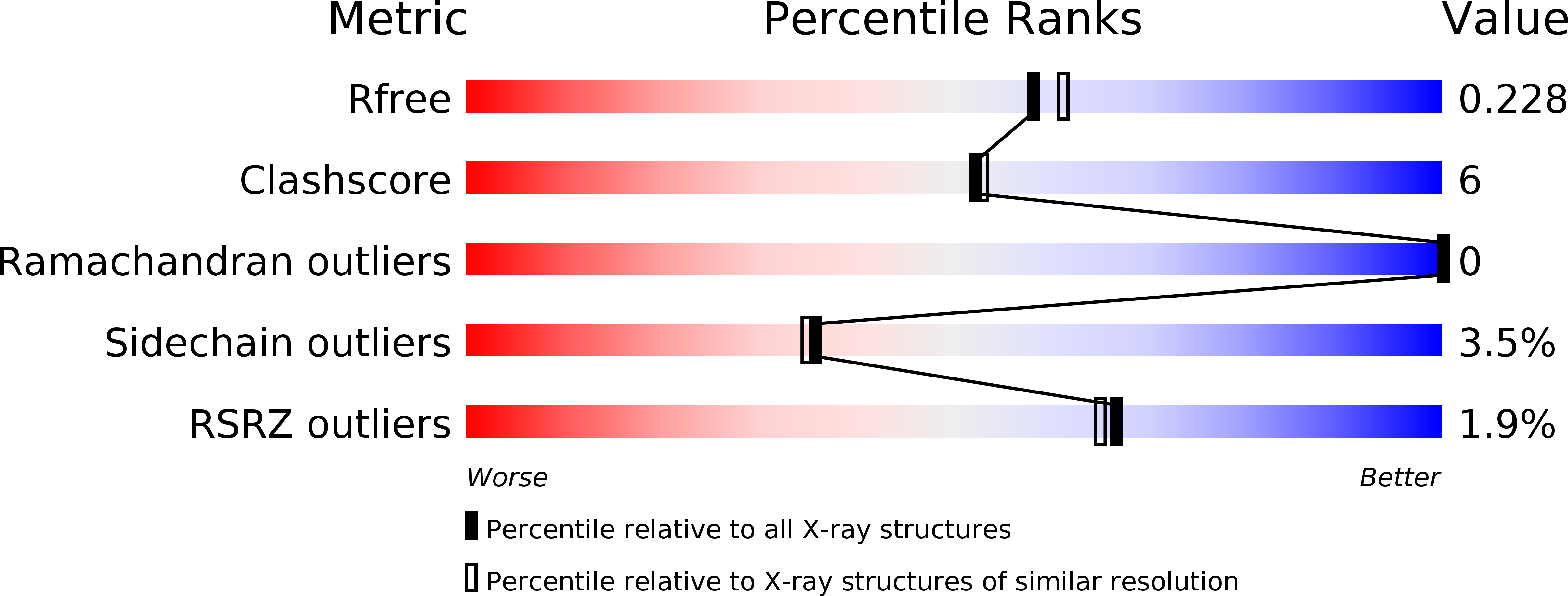
Deposition Date
2019-07-30
Release Date
2020-01-29
Last Version Date
2024-11-06
Entry Detail
PDB ID:
6PYO
Keywords:
Title:
Calcium Activated Chloride Channel Regulator 1 (CLCA1) VWA Domain
Biological Source:
Source Organism:
Homo sapiens (Taxon ID: 9606)
Host Organism:
Method Details:
Experimental Method:
Resolution:
2.00 Å
R-Value Free:
0.22
R-Value Work:
0.19
R-Value Observed:
0.19
Space Group:
C 1 2 1


